Few people would have predicted, based on the band’s first two albums, that Alice Cooper would become a dominant musical presence throughout the first half of the ’70s. But beginning with their third record, 1971’s Love it to Death, the group embarked on a creative run that secured their place among America’s greatest rock bands. Comprised of Neal Smith on drums, Dennis Dunaway on bass, Michael Bruce and Glen Buxton on guitars and, of course, “Alice” (Vincent Furnier) on vocals, the quintet made deep inroads into rock radio, churning out pop-rock anthems like “School’s Out,” “I’m Eighteen” and “Elected.” Released on February 25, 1973, Billion Dollar Babies marked the apex of the group’s phenomenal rise, securing their place as a musical and cultural force.
“It can all be traced back to the song ‘Caught in a Dream,’ from the Love it to Death album,” recalled Smith, speaking with this writer a few years ago for a piece published in Performing Songwriter magazine. “Back then, we were predicting our future, and Billion Dollar Babies was that prediction come true. To go from a time when no one would pay a penny to see us, to having one of the biggest-selling albums ever, for that time … well, we certainly had the last laugh on that score.”
Listening to Billion Dollar Babies today, it’s hard to imagine that, even at that late stage, Alice Cooper was regarded by many as a mere novelty act. Sessions for the album began at the Galecie Estate, a Greenwich, Connecticut-based mansion purchased by the group following the success of their 1972 album, School’s Out. For several songs, the group ran a microphone into an empty greenhouse built with marble floors and glass walls, in order to capture a particular echo effect. Producer Bob Ezrin was central to the proceedings.
Related: BCB‘s interview with Alice Cooper
“A lot of different things went into the chemistry of the band,” says Bruce. “We had a lot of different tastes, so you got many different styles of music. I think Ezrin contributed a lot to that chemistry as well. It’s almost like what the Beatles had with George Martin. The combination really was magical.”
Later, the group traveled to England and gathered at London’s Morgan Studios to work on additional tracks. A parade of rock stars converged on the sessions, but only one—Donovan, who shared vocals with Alice on the title song—ended up appearing on the finished album. Dunaway regrets that others who were present—including Harry Nilsson, Keith Moon, Marc Bolan, and Flo and Eddie (aka Mark Volman and Howard Kaylan of the Turtles)—weren’t fitted in somehow.
“It’s too bad we didn’t get more,” he recalls. “It would have been great to have had backing vocals from Flo and Eddie. And Harry Nilsson had an incredible voice. It’s just unfortunate that it was uncontrollable because he was drinking so much. He would fall across the mixing board and knock all the faders out of whack. But then he would stumble out into the studio and sit down at the piano, and his voice and what he was playing would sound incredible. I was like, ‘I can’t believe this guy. Why doesn’t he just stay there and play and sing for the rest of his life?’ Keith Moon was the same way. Moon was hilarious, but when he sat at the drums he couldn’t even stay on the stool.”
Despite the raucous atmosphere, what emerged from the sessions was a collection of concise, imaginative songs that tempered Alice Cooper’s predilection for the macabre with generous slabs of humor. Smith credits Bruce as the band’s main composer, although he, Dunaway and Ezrin contributed significantly as well. Alice, of course, served as the band’s primary wordsmith.
“Michael was the main musical writer in the band, although Dennis and I wrote as well,” says Smith. “Alice would help with melodies and some of the music, but his specialty was really the lyrics. In the case of ‘No More Mr. Nice Guy,’ for instance, Michael wrote the song, and then Alice tweaked the lyrics, and then we went into the studio and arranged it with Ezrin. But it worked other ways, too. Everyone in the band helped arrange songs. In the case of ‘School’s Out,’ which of course we recorded earlier, everybody had a hand in writing. That was a perfect example of total collaboration among the band.”
Notwithstanding Billon Dollar Babies’ macabre themes, Cooper took his lyrical cue from an unlikely source. “My favorite lyricist was Chuck Berry,” he says. “When I first heard something like ‘Nadine,’ or ‘Maybellene,’ I understood those songs told a story. As the lyrics went along, you really got a picture of what was going on. He took the girl out; he couldn’t get his seat belt off—things like that. I always wanted to write three-minute stories that were funny, or maybe not just funny, but also dramatic. The idea was to compact everything into three minutes, which is really hard to do.”
Rife with infectious melodies, catchy guitar riffs and sparkling wit, Billion Dollar Babies became Alice Cooper’s most successful album, topping the charts in both America and in the U.K. The record also spawned four classic singles: “Elected,” “Hello Hooray,” “No More Mr. Nice Guy” and the title track. In the wake of the album’s release, the band undertook their biggest tour ever, playing more than 70 cities in three months and grossing $4 million, a tremendous sum for a tour in those days.
Unfortunately, the rigors of the road, the failing health of key member Glen Buxton—who died in 1997, a few weeks shy of his 50th birthday—and a growing divide between Cooper-the-singer and the rest of the group were beginning to take a heavy toll. The band forged on to make one more album, 1974’s Muscle of Love, but in the midst of a well-earned hiatus, Cooper opted to leave the group and pursue a solo career.
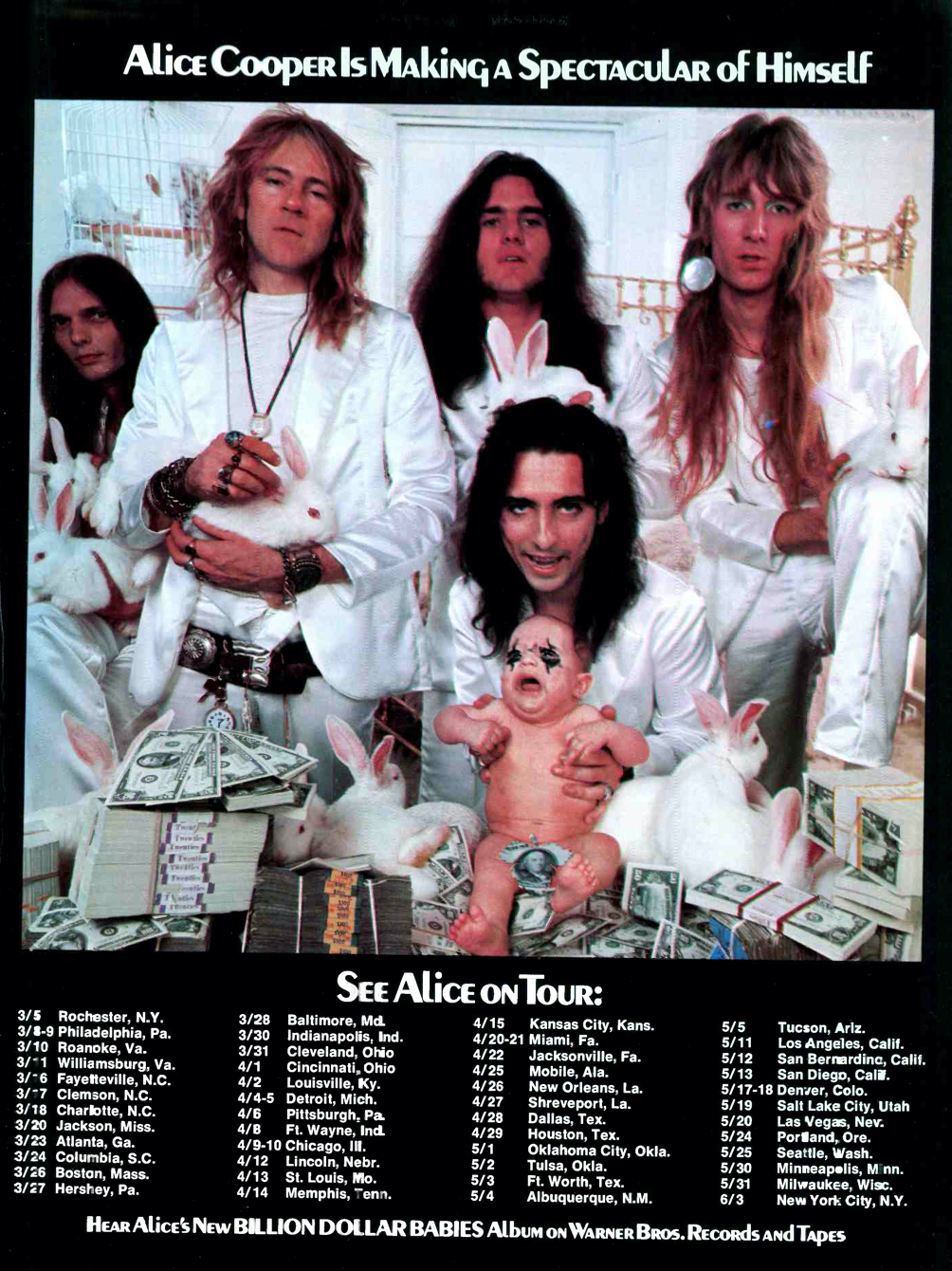
This ad for the album ran in the March 10, 1973, issue of Record World
Still, to this day, many view the original Alice Cooper lineup as the quintessential American rock group, a fact driven home by their 2011 induction into the Rock and Roll Hall of Fame.
“Groucho Marx once said that Alice was the last great hope for vaudeville,” says Cooper. “And that’s what we were—rock and roll burlesque, or rock and roll vaudeville. At the same time, we were certainly sort of the dark side of that, but that was always our intention, to be pure entertainers.
“Our targets were always sex, death and money, but there was never any agenda. We were just trying to sell ourselves as a fun show.”
Cooper is on tour; tickets are here and here. A 50th anniversary edition of the album was released in 2024. It’s availablein the U.S. here and in the U.K. here.
Watch the band perform the title track several years later on The Midnight Special
- 11 Great Southern Rock Albums - 07/26/2025
- Singing Rock Drummers: From the Skins to the Mike - 03/02/2025
- Rod Stewart & Friends: 10 Great Collaborations - 01/10/2025

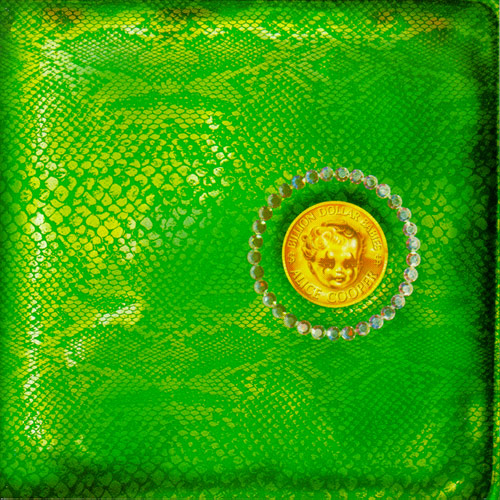
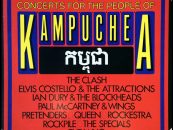
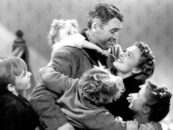
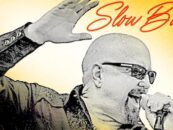
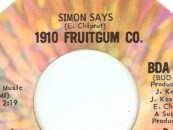

8 Comments so far
Jump into a conversationI saw the group in 1974. They were outrageously entertaining.
In agreement with Mr. Hall about the outlook toward the band in its early days. I had thought they were a joke from afar, until I happened to sneak into a show during their “Killer” tour in 1972. I have to say that, to this day, I don’t know that I’ve seen a more absorbing rock show in my life, other than, perhaps, The Tubes in their heyday. Beyond the astonishing theatrics, Alice Cooper were an incredible band who were able to execute exciting rock music masterfully, within a cinematic live narrative on stage before anyone else even tried it, to my knowledge. All I know is I stood there in a Passaic NJ Theater as a 17-year old, with my jaw hanging and my mind blown.
” Elected” was actually a re hash of ” Reflected” which was on the first album
The first music I ever bought for myself when I was 11… I still love this album to this day.
The band played at the DuPont Theater in Wilmington DE, August 1971. They were promoting Love It to Death and were booked a day before the band played in Wildwood NJ. I was eighteen at the time and of course, Eighteen was my theme song. I recently had graduated from high school and my 8 track of the album was always playing in my car. I remember the outfits the band wore and the theatrics including strait jackets, swords, and electric chair. At the end I remember the band throwing fake money out into the crowd along with posters. Never saw Alice live after that night but continued to buy their albums up until the break up. Loved the Gibson SG guitars too. Here is a link to the show. https://www.newspapers.com/image/162551034/?clipping_id=8615392&fcfToken=eyJhbGciOiJIUzI1NiIsInR5cCI6IkpXVCJ9.eyJmcmVlLXZpZXctaWQiOjE2MjU1MTAzNCwiaWF0IjoxNjc3NDMzMTQ5LCJleHAiOjE2Nzc1MTk1NDl9.BEw_04Hmqi79KVVWZ1F75Cx3jycw-mouw1dcEA8q_xU
Rolling Stone had this “discussion” in an issue, about whether “School’s Out” was authentic. “Blue Turk” was about as right-on as it gets.
I take the same girl to the BDB show around Memorial Day. Alice chased by a giant toothbrush. Alice loses his head. Alice wins the election by “beating” Nixon. To a teenager, this was THE GREATEST.
Unfortunately, my girlfriend inhaled a bit too much and threw up on the way to the car after the show.
At least my MIND was blown.
There was a neat book written about the tour, “Billion Dollar Baby”. And an OK movie, “Good to See You Again, Alice Cooper”.
And if you’re lucky, your local classic rock station carries Alice’s radio show, “Nights with Alice Cooper”.
And if you’re really lucky, and live in the Phoenix area, you can see Alice and friends every Spring (Coopstock) and Christmas (Pudding) when he puts on a terrific show to benefit his Solid Rock Teen Centers.
If you REALLY want to help Solid Rock and you love pinball, you can get a customized AC pinball machine.
Alice may have lost his head in the 70s, but but his heart only got bigger.
My favorite album by Alice Cooper. The other one is School’s Out. In 1973 albums like The Dark Side Of The Moon, Houses Of The Holy and Goodbye Yellow Brick Road were released. To me this is better than any of them. And Alice didn’t reach this level again!
Just to be clear the video in this article about the original Alice Cooper Group playing Billion Dollar Babies on the Midnight Special, that IS NOT the original group. Some of the musicians are from Lou Reed’s backup band and I think the first soloist is Davey Johnston from Elton’s band.